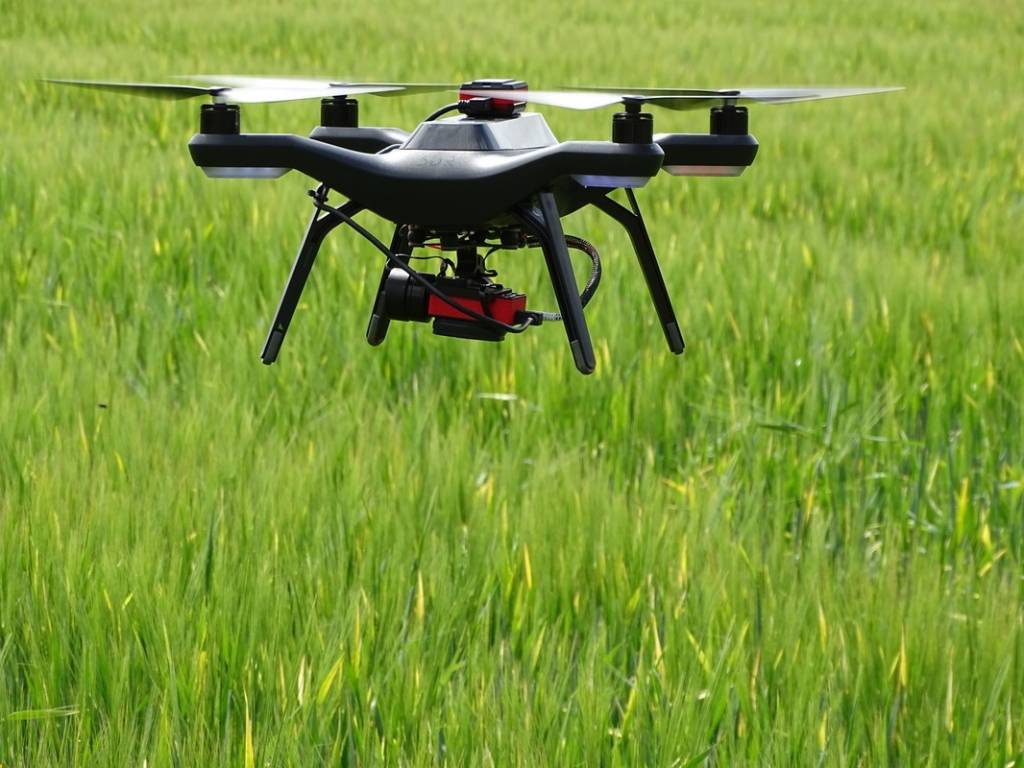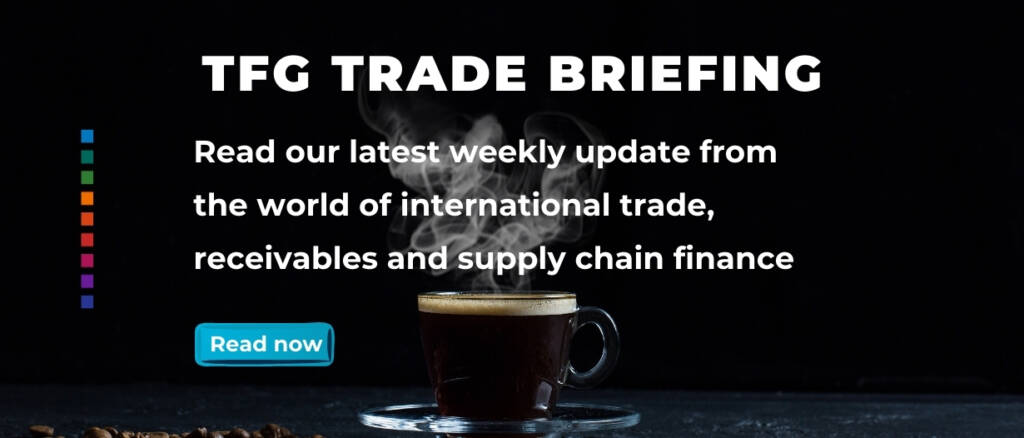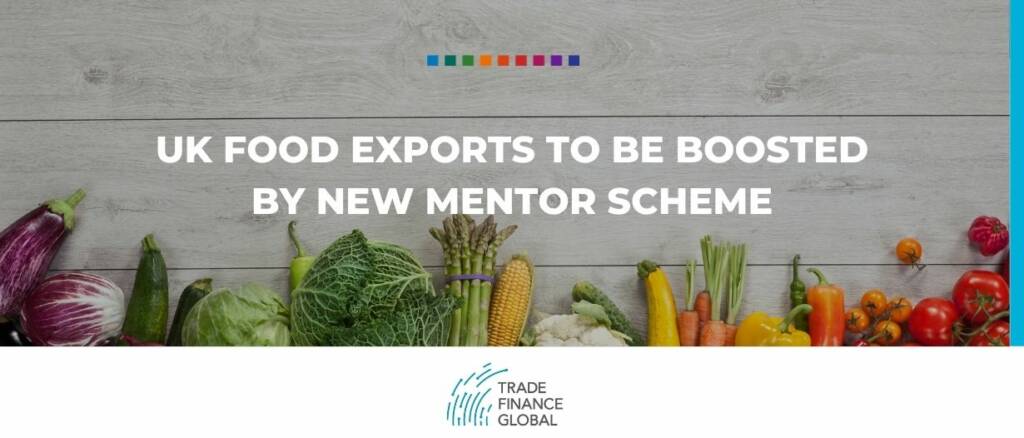Exporting to Colombia
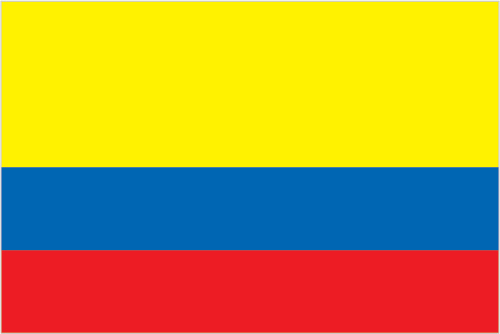

Colombia Country Profile
Official Name (Local Language) República de Colombia
Capital Bogota
Population 47,220,856
Currency Colombian Peso
GDP $271.4 billion
Languages Spanish
Phone Dial In 57
Colombia Exports Profile
Exports ($m USD) 37,766
Number of Export Products 3,410
Number of Export Partners 18
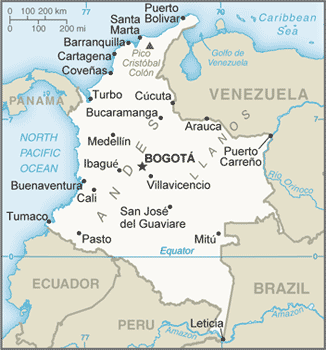
Colombia Economic Statistics
Government Website | https://www.presidencia.gov.co/ |
| Sovereign Ratings | https://countryeconomy.com/ratings/colombia |
| Central Bank | Banco de la República de Colombia |
| Currency USD Exchange Rate | 3,051.1 |
| Unemployment Rate | 9.2% |
| Population below poverty line | 27.8% |
| Inflation Rate | 5.8% |
| Prime Lending Rate | 7.5% |
| GDP | $274.1 billion |
| GDP Pro Capita (PPP) | $14,100 |
| Currency Name | Colombian Peso |
| Currency Code | COP |
| World Bank Classification | Upper Middle Income |
| Competitive Industrial Performance | 61/138 |
| Corruption Perceptions Index | 96/180 |
| Ease of Doing Business | 65/190 |
| Enabling Trade Index | 85/136 |
Access trade, receivables and supply chain finance
We assist companies to access trade and receivables finance through our relationships with 270+ banks, funds and alternative finance houses.
Get StartedExporting to Colombia
Colombia has the fourth-largest economy in Latin America and a high growth rate, ranking among the fastest growers in the OECD. Its main imports are oil (which it mainly gets from the US), broadcasting equipment, cars, and agricultural products like wheat and corn. Colombia’s main import sources are China, the US, Brazil, and Mexico. The country’s resilient economy makes it an attractive trading partner, but internal fighting and drug cartels can deter investors and exporters.
Columbia is strategically positioned, with ports on both the Atlantic and Pacific oceans as well as bordering Panama and many important South American countries. This makes it an important hub for both land and sea trade. Its government is open to trade, as the country’s small size and trade deficit makes it reliant on many imports; most products can be imported without an import licence, and tariffs depend on the product’s provenance and the trade deals Colombia has with that country but are usually not high. However, the tariff structure can be confusing and cumbersome bureaucracy can sometimes hinder imports. Colombian importers need licences to be able to buy foreign products, and customs agencies can delay shipments significantly because of simple mistakes or lack of clarity. Some products, like ethanol, are subject to effectively protectionist measures to benefit local industries. Overall, a government friendly to exports and committed to climate protection as well as a rapidly growing middle class are likely to create a more favourable investment climate in Colombia in the next few years.
Exporting to Colombia: What is trade finance?
Most of Colombia’s export market is heavily reliant on commodities such as petroleum (45% of total), coffee, coal and nickel, although tourism and entertainment industry is increasing by 12% per year.
Despite a challenging economy, Colombia is a powerhouse in Latin America, and is actively engaged in international import and export markets.
Chart Showing GDP Growth Compared to rest of world
GDP Composition for Colombia
Agriculture
6.8%
Coffee, cut flowers, bananas, rice, tobacco, corn, sugarcane, cocoa beans, oil seed, vegetables; shrimp; forest products
Industry
0.34%
Textiles, food processing, oil, clothing and footwear, beverages, chemicals, cement; gold, coal, emeralds
Services
59.2%
Map
Top 5 Exports Partners
| Country | Trade | % Partner Share |
| United States | 12,096 | 26.27 |
| China | 8,754 | 19.01 |
| Mexico | 3,437 | 7.46 |
| Brazil | 2,286 | 4.96 |
| Germany | 1,874 | 4.07 |
Top 5 Exports Products
| Export Product | Number |
| Petroleum oils, etc, (excl. crude); preparation | 7.9% |
| Transmission apparatus, for radioteleph incorpo | 4.5% |
| Automobiles with reciprocating piston engine di | 4.3% |
| Other medicaments of mixed or unmixed products, | 2.8% |
| Maize (excl. seed) | 2.4% |
Speak to our trade finance team



























